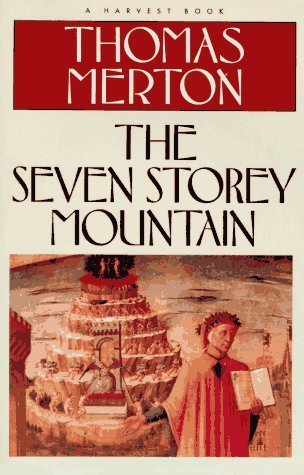
Book number 36 for 2024; 5/5 stars (I’d give it 10)
I know it is only April, but I do believe that this book will stand as the best book I will read in 2024.
I already loved Eugene H. Peterson, having read many of his books and enjoyed his Message Bible. But Winn Collier has given us a glimpse into the life of this man that is life-altering. I learned things that I never knew about Peterson, some of them rather surprising. For example, he was raised Pentecostal. I had no idea. And, at one point, early in his career, he was, apparently good friends with Pat Robertson. That appears to not have lasted very long, though, and I’m somewhat grateful for that, as well. That’s all I’m going to say on that subject.
But Eugene H. Peterson was a very humble man, and I had no idea of the scope of this humility. He never wanted to be a celebrity. He just wanted to serve people, and then he wanted to write. And write he did. Besides being a pastor of a Presbyterian church in Maryland for many years, he also taught for a number of years at Regent College in Vancouver, while advancing his writing career at the same time.
Mr. Collier uses material from Peterson’s own memoir, The Pastor: A Memoir, as well as material from the many letters and journals that Eugene kept. He also interviewed many people that Peterson influenced along the way, as well as family members. And he spent some time with the man, himself, before he passed away in 2018.
One person was quoted as saying that Eugene was “fastened in God.” That’s a description that I had never heard before, but I would certainly like to be describe that way, myself. He always said he wanted to be a saint. I believe that he accomplished that, but one of the true characteristics of a saint is that they don’t know that they are one. And Peterson never felt that he had “arrived.” In fact, he constantly felt himself to be inadequate to the task, and this was more evident as he translated The Message.
I love the many quotes that we get from Eugene, throughout this book, especially as he moved away from the traditional “evangelical” label. “Evangelicalism is too combative and clear-cut for me,” he is quoted as saying. I find myself in agreement with that statement. He was also very interested and focused on prayer. “When we pray, we don’t become more like anyone else, especially the ‘great ones,’ we become more like ourselves.”
It pained him greatly to see the amount of hatred spewed out by so-called Christians. “How the so-called Christian community can generate so much hate is appalling. Haven’t we learned anything about civil discourse? Will we ever? And it is so debilitating – we have this glorious gospel to proclaim and give away and we gang up against one another and throw dogma-rocks.” “[The schismatics] cancel out any truth that they are contending for by the hate they vomit in the sanctuary.”
I feel indebted to Winn Collier for giving us this book, this intimate glimpse into the life and legacy of Eugene H. Peterson. It will hold a prominent place on my shelves and a special place in my heart for years to come.
TTFN, y’all!








